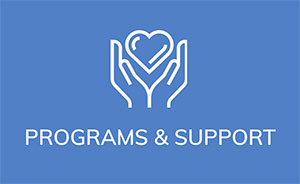Summary/commentary about
“Rewriting the Treatment Script in CLL”
A Panel Discussion Among Four CLL Experts, June 2022
- Anthony Mato, Memorial Sloan Kettering, NYC
- Matt Davids, Dana Farber, Boston
- Nicole Lamanna, Columbia Presbyterian, NYC
- Catherine C. Coombs, Univ of N.C., Chapel Hill
By Larry Marion
June 26, 2022
Four world-class CLL physicians reviewed the latest research and offered case study examples to illustrate their new approaches to treating CLL. The panel, sponsored by the Peer Review Institute and the CLL Society, was for medical professionals and is quite comprehensive in terms of clinical trial data as well as real-world insights from surveys, etc. The slide deck presentation is more than 100 pages.
There is a glossary at the end, which will be vital to understanding all the acronyms.
What was new to me:
- 40% of patients on BTKi (typically ibrutinib) stop due to side effects, resistance, etc. I knew there were lots of issues since I was on Ibrutinib for 5.5 years, but I didn’t know four out of 10 patients stop treatment; see slide 77
- Taking a BTKi after taking venetoclax and being uMRD is now a thing. This treatment protocol is considered a maintenance strategy, especially for high-risk patients (17p/TP53). Slide 69
- The clinical trial using Zanabrutinib, Venetoclax, and Obinutuzumab shows fast uMRD, like 8-10 months. Slide 73
- New data on CAR-T trial for CLL patients who had failed other therapies—82% ORR. Slide 88
Important details that were not new but worth repeating:
- Mutated vs. unmutated IGHV does not matter much with Venetoclax, but TP53/del17 remains a bit of a challenge for V. slide 34
- Zanabrutinib is more effective and has fewer side effects than ibrutinib. Slides 41, 42
- Venetoclax side effects diminish and are more likely to disappear over time. Slide 43
- Traditional chemotherapy role is disappearing fast. Slide 47
- Acalabrutinib, Venetoclax, and Obinutuzumab (AVO) trial shows uMRD happens regardless of TP53 status
- If Venetoclax fails, go to Pirtobrutinib—some indications that this may be an effective strategy coming from early clinical trial results, see slide 98 reference
- If you want to understand better how Pirtobrutinib works and is different from the earlier BTKs, check out slide 84
To see an archived version of the live presentation here.
Larry Marion is the co-facilitator of the Boston CLL Society Support Group. He is a retired technology and business writer and publisher. https://cllsociety.org/2018/03/it-takes-a-village-to-turn-a-victim-into-a-survivor/

















